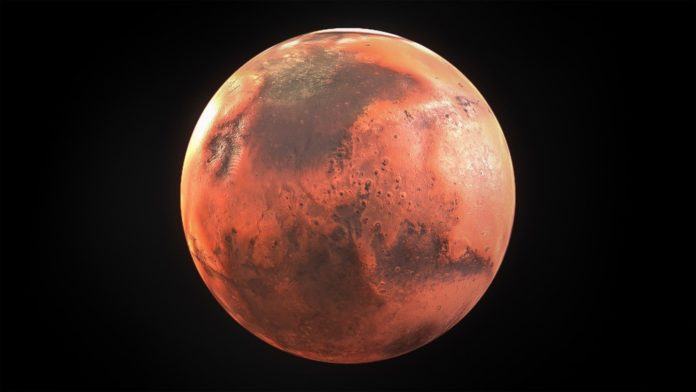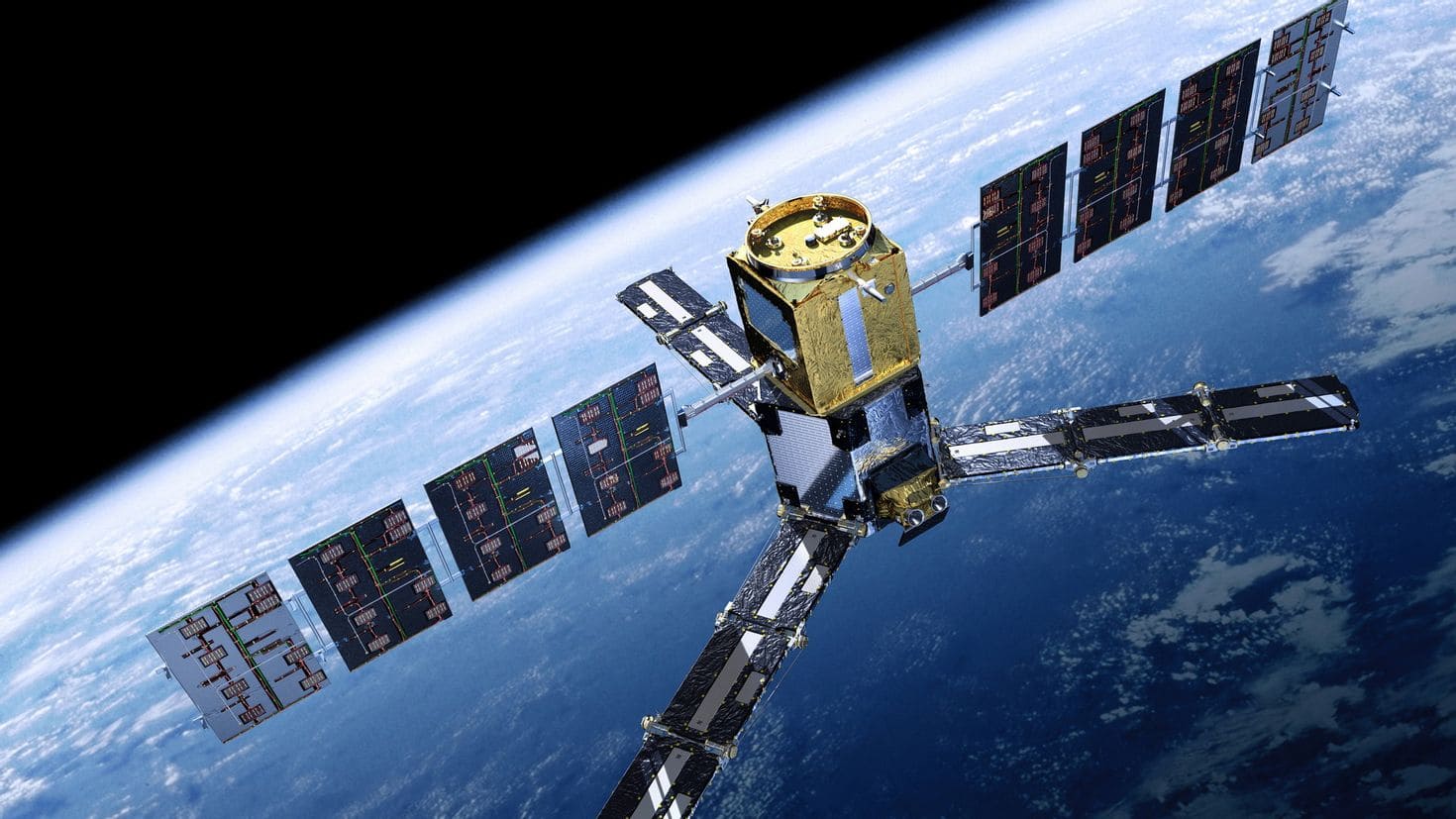In the quest to explore the universe, Mars stands out as a prime candidate for human and robotic exploration. This article delves into the scientific reasons behind choosing Mars, often referred to as the Red Planet, as a focal point for our interplanetary endeavors.
The allure of Mars
Mars has captivated humanity’s imagination for centuries. The Red Planet’s distinct reddish appearance, visible even with the naked eye, has made it a prominent feature in the night sky and a subject of countless myths and stories. However, beyond its striking color lies a world rich in scientific potential.
Red Planet exploration: a historical overview
The history of Mars exploration dates back to the early days of astronomy. Ancient astronomers noted its erratic movement across the sky, and the invention of the telescope in the 17th century allowed for more detailed observations. Fast forward to the 20th century, and Mars became a target for robotic exploration. NASA’s Mariner missions in the 1960s and 70s provided the first close-up images of Red Planet, revealing a barren and cratered surface.
Martian geology: unveiling the planet’s past
One of the most compelling reasons for exploring Mars is its geology. The Martian surface features vast canyons, towering volcanoes, and ancient river valleys, suggesting a complex geological history. By studying Mars geology, scientists aim to understand the planet’s past climate and the processes that have shaped its surface over billions of years.
Mars habitability: the search for life
The quest for life beyond Earth is a driving force behind Mars exploration. The discovery of liquid water on Mars, albeit in small amounts, has sparked excitement in the scientific community. Water is a key ingredient for life as we know it, and its presence on Mars raises the possibility that microbial life may have once existed there. The search for signs of past or present life continues to be a major objective of Mars missions.
Mars atmosphere: understanding planetary climates
Mars has a thin atmosphere composed mostly of carbon dioxide, with traces of nitrogen and argon. Studying the Martian atmosphere helps scientists understand the planet’s climate and weather patterns. Insights gained from Mars can also inform our understanding of Earth’s atmospheric processes and climate change.
Human missions to Red Planet: the next giant leap
Sending humans to Mars is a long-standing goal of space exploration. Unlike robotic missions, human missions have the potential to conduct more complex experiments and make real-time decisions. The challenges of human missions to Mars are immense, including ensuring the safety of astronauts during the long journey and providing life support systems on the Martian surface. Nonetheless, the potential benefits of human exploration, such as technological advancements and inspiring future generations, make it a worthwhile endeavor.
Technological innovations driving Red Planet exploration
The exploration of Mars has spurred significant technological advancements. The development of Mars rovers, such as Curiosity and Perseverance, showcases the ingenuity of scientists and engineers. These rovers are equipped with sophisticated instruments to analyze the Martian soil, search for signs of life, and capture high-resolution images of the landscape. Additionally, advancements in rocket technology and spacecraft design are critical for future human missions to Mars.
Red Planet colonization: a vision for the future
Colonizing Red Planet is a concept that has gained traction in recent years. Establishing a human presence on Mars could serve as a backup plan for humanity in case of catastrophic events on Earth. It also presents opportunities for scientific research and the potential for utilizing Martian resources. However, colonization poses numerous challenges, including the need for sustainable living environments and the psychological impact of long-term isolation.
Interplanetary travel: challenges and opportunities
Interplanetary travel involves numerous technical and logistical challenges. The vast distance between Earth and Mars requires advanced propulsion systems and efficient spacecraft. Ensuring the health and well-being of astronauts during the journey is paramount, as they will face extended periods of microgravity and exposure to cosmic radiation. Despite these challenges, the pursuit of interplanetary travel pushes the boundaries of human ingenuity and expands our understanding of the universe.
Astrobiology: the search for extraterrestrial life
Astrobiology is the study of life in the universe, and Mars is a key focus of this field. By examining the conditions on Mars, scientists hope to uncover clues about the potential for life elsewhere in the solar system. The discovery of extremophiles on Earth—organisms that thrive in extreme environments—has expanded our understanding of the possible habitats for life. Mars, with its harsh conditions, provides a unique opportunity to study these potential habitats and the resilience of life.
Space missions: a collaborative effort
Mars exploration is a global endeavor, with space agencies from around the world contributing to our understanding of the Red Planet. NASA, ESA, Roscosmos, and other space agencies have launched numerous missions to Mars, each bringing unique perspectives and technologies. International collaboration enhances the efficiency and effectiveness of these missions, allowing for the sharing of data and resources.
Red Planet science laboratory: a mobile laboratory
The Mars Science Laboratory (MSL), also known as Curiosity, is a testament to human ingenuity. This mobile laboratory is equipped with a suite of scientific instruments to study Mars’ climate and geology and assess its habitability. Curiosity’s discoveries, such as evidence of ancient lakes and organic molecules, have provided crucial insights into Mars’ potential to support life.
Future Mars missions: pushing the boundaries
The future of Mars exploration looks promising, with several ambitious missions on the horizon. NASA’s Artemis program aims to return humans to the Moon as a stepping stone for future Mars missions. The European Space Agency’s ExoMars mission will search for signs of life with its Rosalind Franklin rover. Additionally, China’s Tianwen-1 mission, which includes an orbiter, lander, and rover, marks a significant milestone in international Mars exploration efforts.
The Red Planet beckons
Mars continues to be a source of fascination and inspiration for scientists, engineers, and the general public. The scientific reasons for choosing Red Planet as a target for exploration are compelling, from its geological features and potential for past life to the challenges and opportunities of human missions. As we stand on the brink of a new era of space exploration, Mars serves as a testament to humanity’s enduring curiosity and our relentless pursuit of knowledge.



